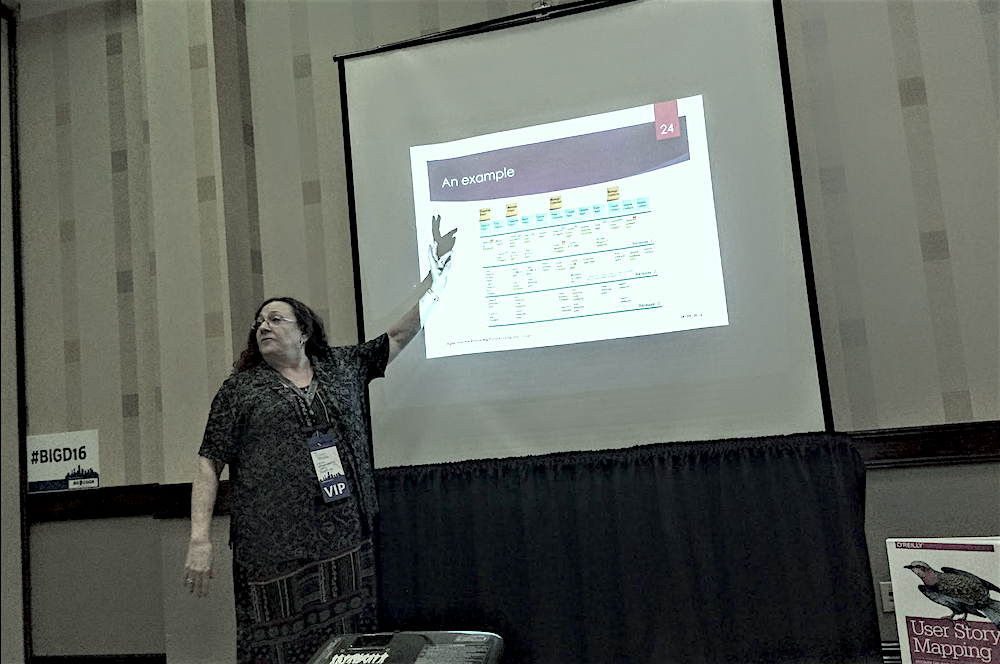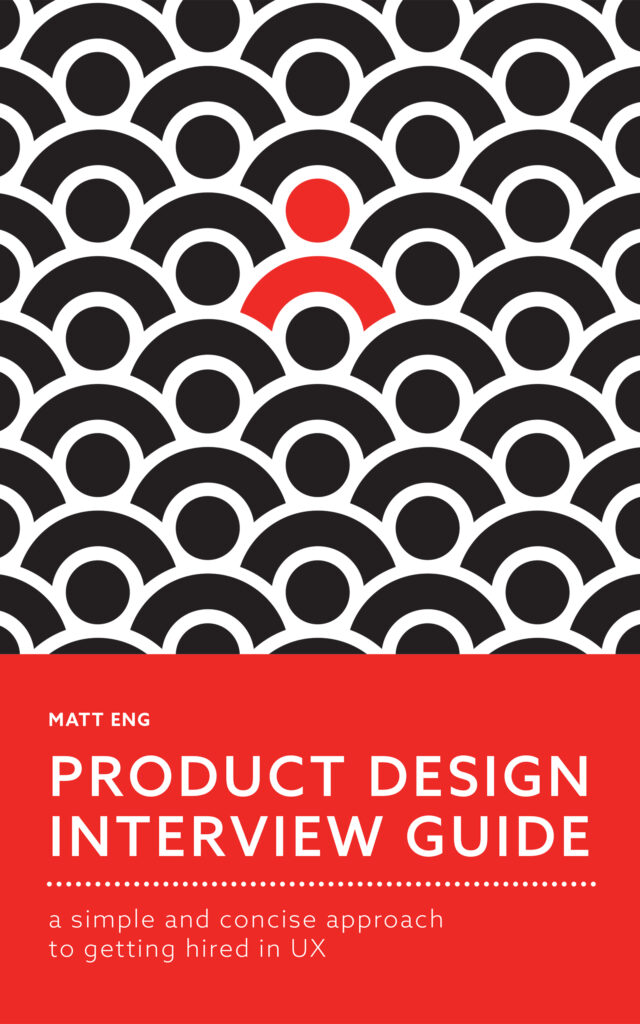Design conferences help me find inspiration and refocus. They help me slow down and think about what I am doing. More importantly I get the opportunity to consider a better way to do work. I’ve recently had the chance to check out the Big Design Conference in Dallas. While less flashy than it’s cousin, SXSW, it offers very accessible and insightful talks on the state of affairs of the UX industry. Here are the four takeaways from my two days in Dallas.
Organizations are systems that will break
1. Map the product through user center stories
Your company, regardless of size, is made up of systems. Their purpose is often to foster efficiency. A rapidly growing company will test the limits of these systems. In the case of product design and development, agile, and enterprise software, it’s usually the case to see multiple teams responsible for one application.
Elisa Miller illustrates that in situations like this. Teams quickly get hyper-focused on the goals of their team, but they also lose site of the bigger picture. What is the application supposed to do for the customer? She openly references Jeff Patton’s work and his book User Story Mapping: Discover the Whole Story, Build the Right Product.
The key is to get all the decision makers of the teams in one room (Leads and PM’s). In the voice of the user, write out the key elements of the experience like the example below.
[so that] <unobvious goal>
In the case of a simple text edit app, the participants would write the following:
[so that] <he can capture his thoughts>
The group should agree what is the ‘backbone’ or minimally valuable product. They should also agree on what parts of the experience can be iterations for future releases.
Connect with people to understand the roadblocks
2. Discovery the incentives behind roadblocks
Organizations with large spread out teams will also suffer from misaligned goals and conflicted incentives. In his talk about removing organizational roadblocks, Charlie Trotter, a designer for Projekt202, cites a recent research project where he discovered coworkers communicated in the form of support tickets. If a co-worker had a request, s/he needed to submit a ticket through their customer service tool. Why? Workers are rewarded on the number of tickets they closed. The result is the ticket queue becomes overloaded and requests could take from three days to a week to resolve.
Now that we have discovered the problem what do we do next? Crispin Reedy, a voice UX designer, explains we need to recognize the need time and space to think out these problems. We have to protect the resources required to make the appropriate decisions. Some problems are out of our reach to solve, but find people within your range of influence who can help you.
She who plans the meeting, wins the meeting
You also have it in your power to create a space where people can be at their best to contribute. One of the areas where most companies desperately need improvement is meetings. Most meetings are set up without any clear goal. The result is that the majority of the attendees are splitting their focus between email, text and messaging. Communication is one way from the front of the room to the back, and the most common question is, “could you repeat that?”
Everyone is a human being
3. Change the system or prop it up
Sara Wachter-Boettcher opened the conference with the concept how we make products that exclude or unfairly target populations. One very public example is Google’s face recognition algorithm that tagged two black teens as gorillas. Google rushed to apologize and fix the feature. The lingering question highlighted in Sara’s keynote was, “how could this happen in the first place?”
The answer goes back to diversity in tech. While there is no quick and easy solution to increasing diversity, we should at least build our awareness to how we could reinforce a system that marginalizes populations outside the usual power circles.
Learn more about this in Sara’s book Design for Real Life
4. Design for human impact
Scott McCloud of Understanding Comics: The Invisible Art fame closed out with a keynote linking the critical decisions we have to make in order to get people the right information at the right time. Our designs are no longer just decorative. UX has brought designers to the table. Now, we have to responsibly wield this power.
I walked away from the two days at Big Design in Dallas with the understanding that our work can have a human impact. Not only on the people that use our applications, but we also have connections with our teams. In both cases, we have to be cognisant on how we use these connections. Ultimately, we need to actively work to strengthen them.

